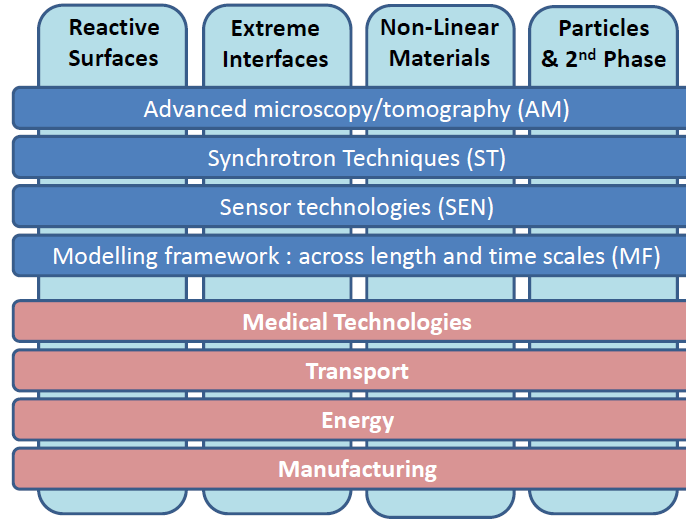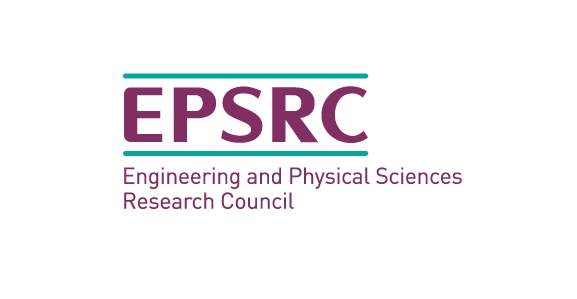Friction: The Tribology Enigma
Researching the prediction of friction
Friction plays a central role in life; in transport, in manufacturing, in process engineering, in medical devices and in everyday human activities. Friction has commanded the attention of Amontons, Coulomb and Da Vinci and their simplistic, empirical laws have been the cornerstone of friction theory. At the conceptual and theoretical levels the vast modern day friction literature has revealed the enormous complexity of even the simplest processes and the limitations of the early friction laws. Friction is intimately linked to both adhesion, contact geometry and wear and all require an appreciation of the highly non-equilibrium and non-linear processes occurring over multiple length scales. The challenge presented is that friction in realistic engineering contacts cannot be predicted. Understanding the physical and chemical processes at contacting interfaces is the only route to cracking the tribological enigma. The research gap addressed in this Programme Grant is linked to the development of accurate experimental and numerical simulations of friction. We appreciate that the search for a unified model for friction prediction is futile because friction is system dependent. However, the goal to predict friction is achievable. We have identified 4 key areas where there are current challenges in understanding the origins of friction because of different complexities as outlined below:

- Reactive surfaces; in many systems the frictional contact brings about chemical reactions that can only be described by non-equilibrium thermodynamics. We need accurate kinetic rate data for reactions which can only be provided by advanced in-situ chemical analysis
- Extreme interfaces; these can be described as any interfaces that are inducing high strain rate material deformation and combined with electrochemical or chemical reactions. Simulation and sensing are key to improving the understanding.
- Non-linear materials; in engineering and in biological systems we see the evolution of "soft" materials for tribological applications. Predicting friction in these systems relies on understanding the rheology/tribology interactions.
- Particles and 2nd phase materials; for materials processing or for understanding the transport of wear particles in a contact we need to understand particle-particle friction in complex contact conditions where fracture/deformation are occurring.
Enabling Technologies and Applications



